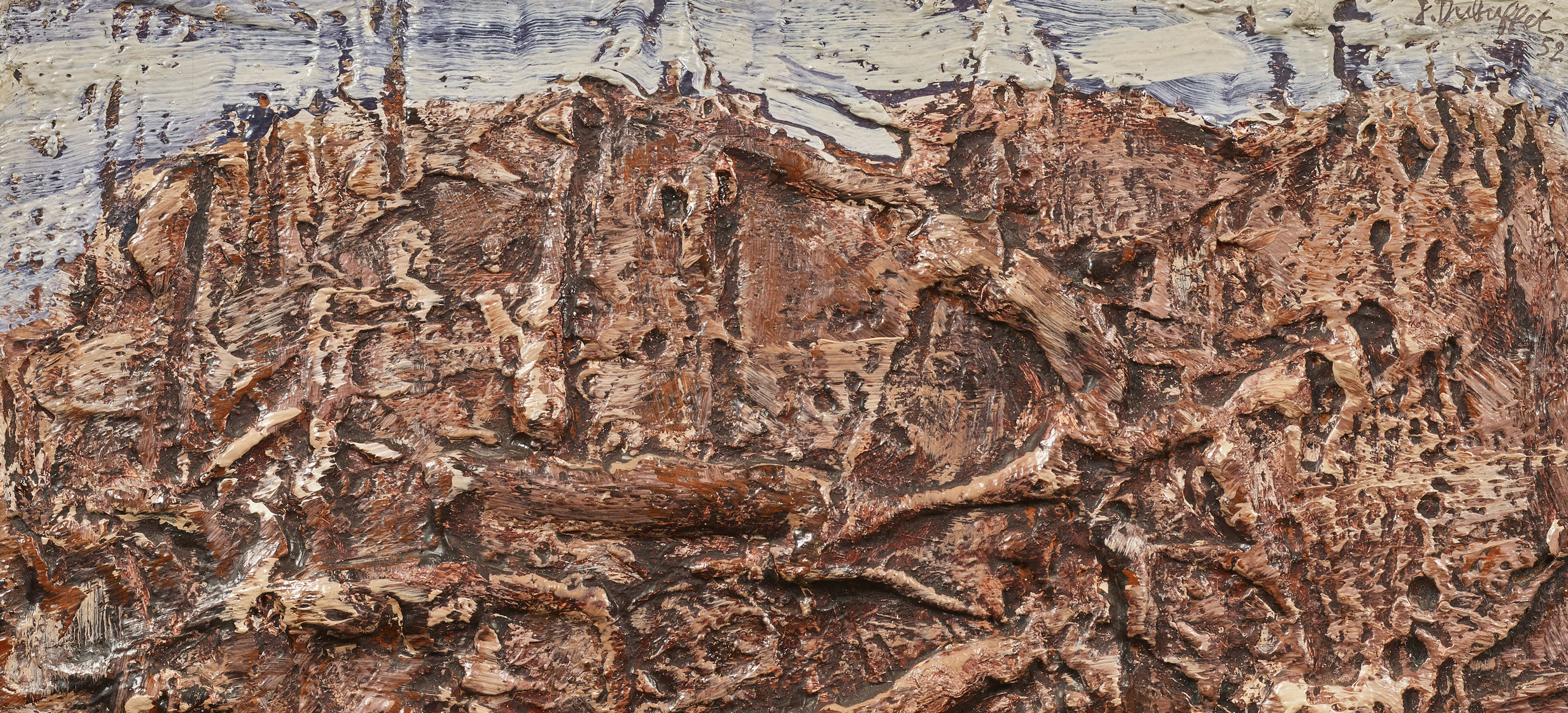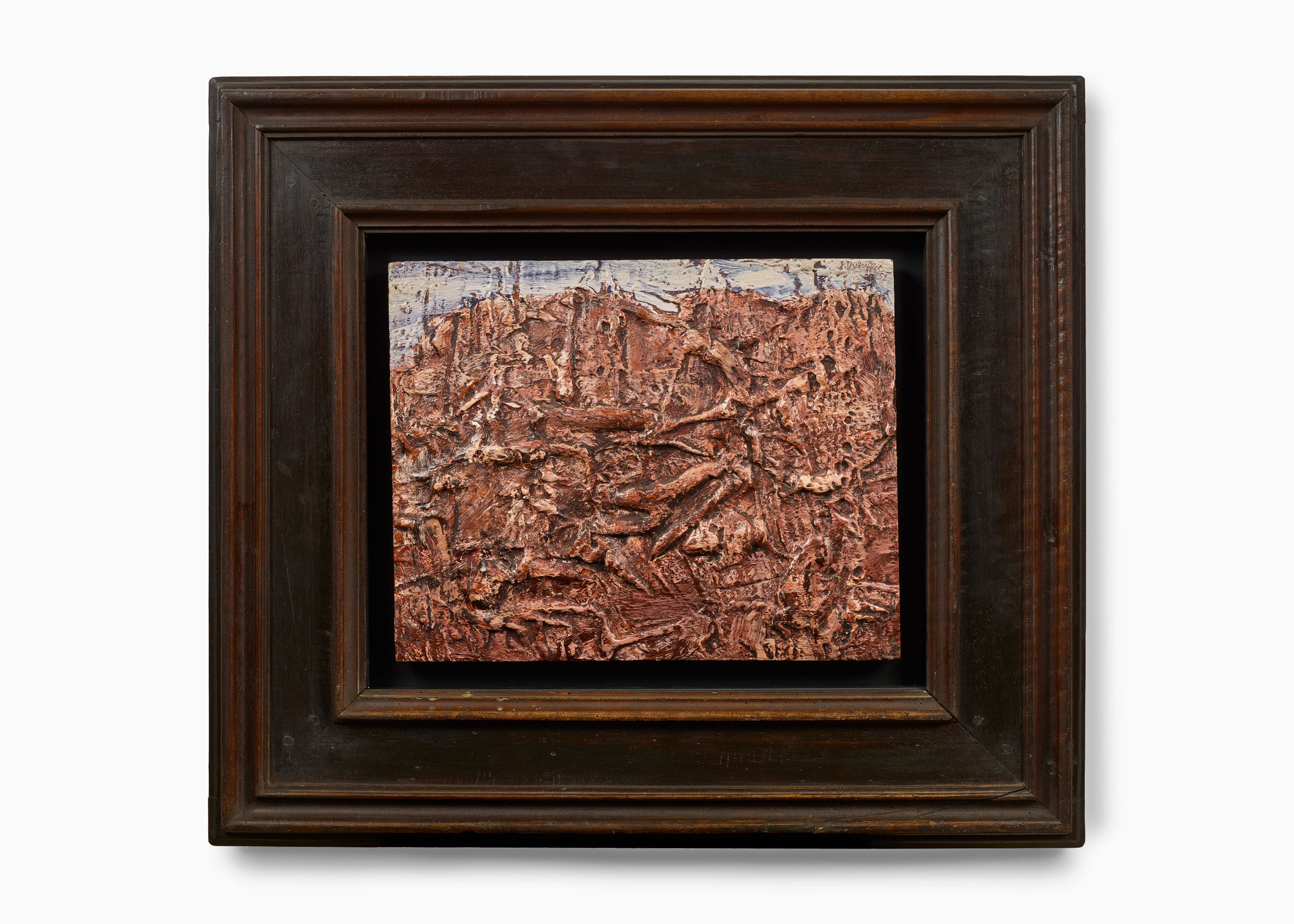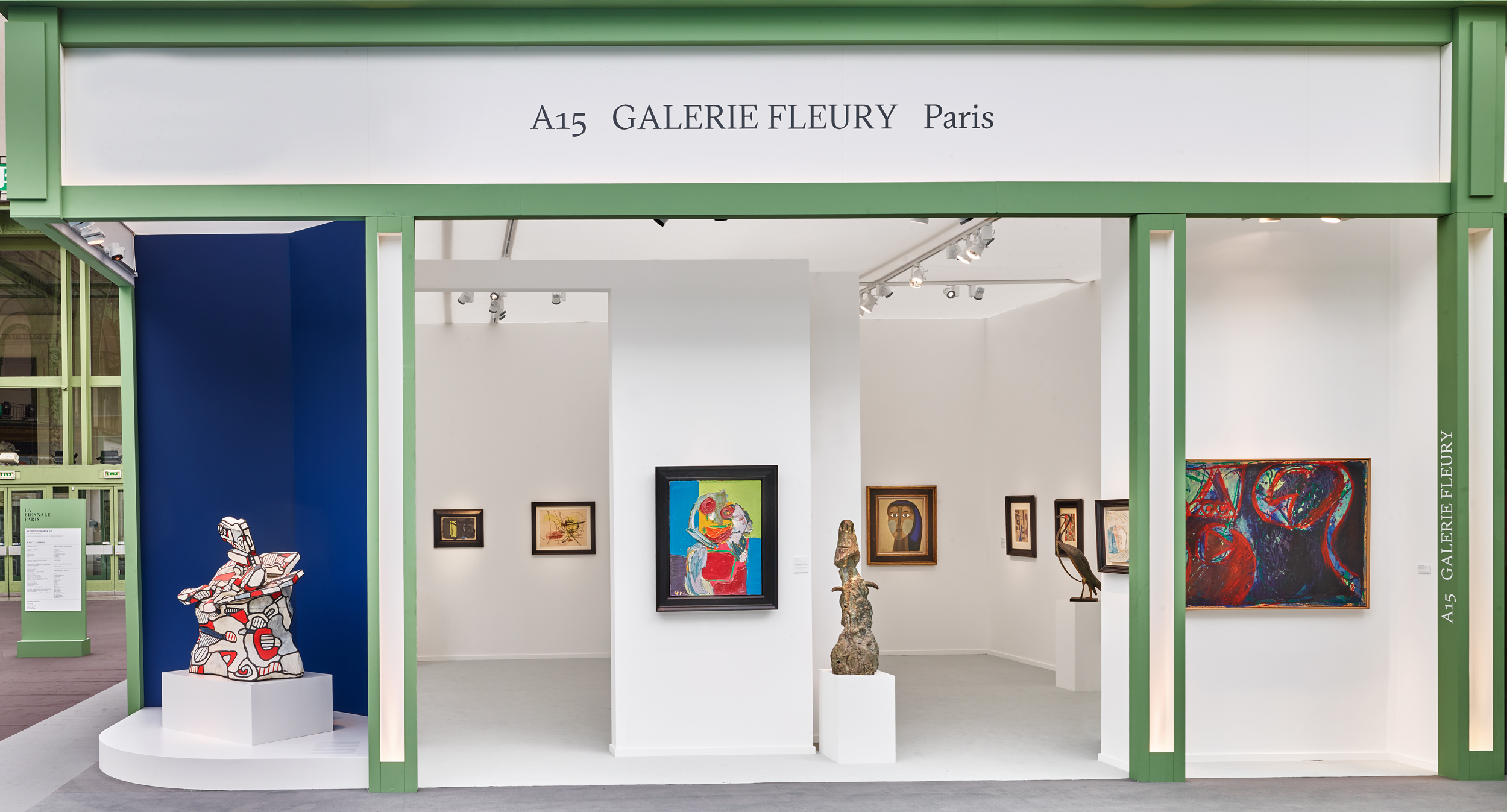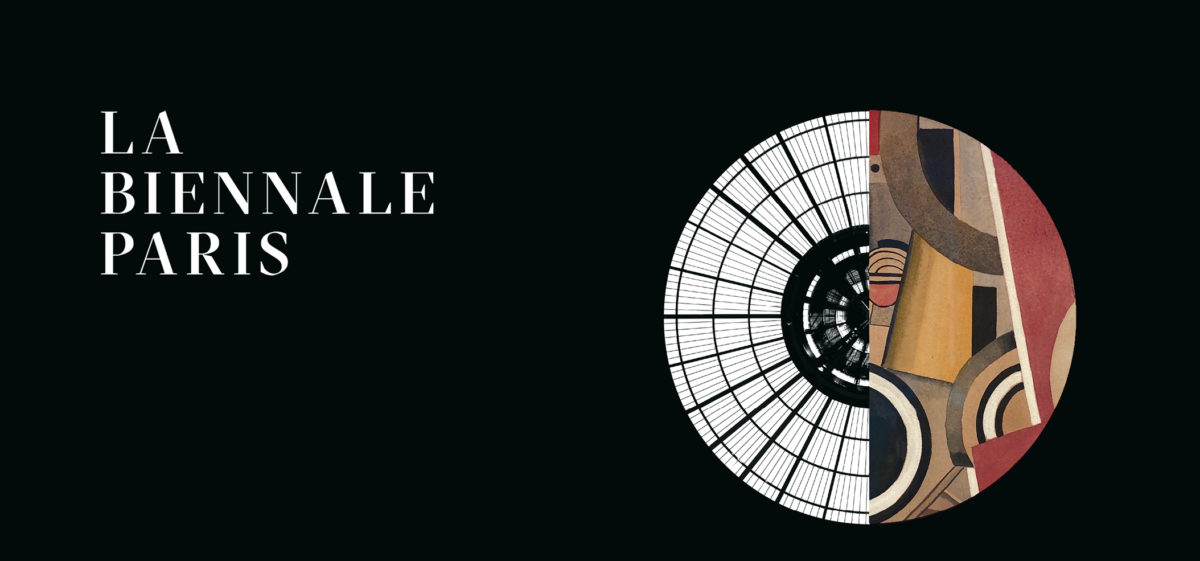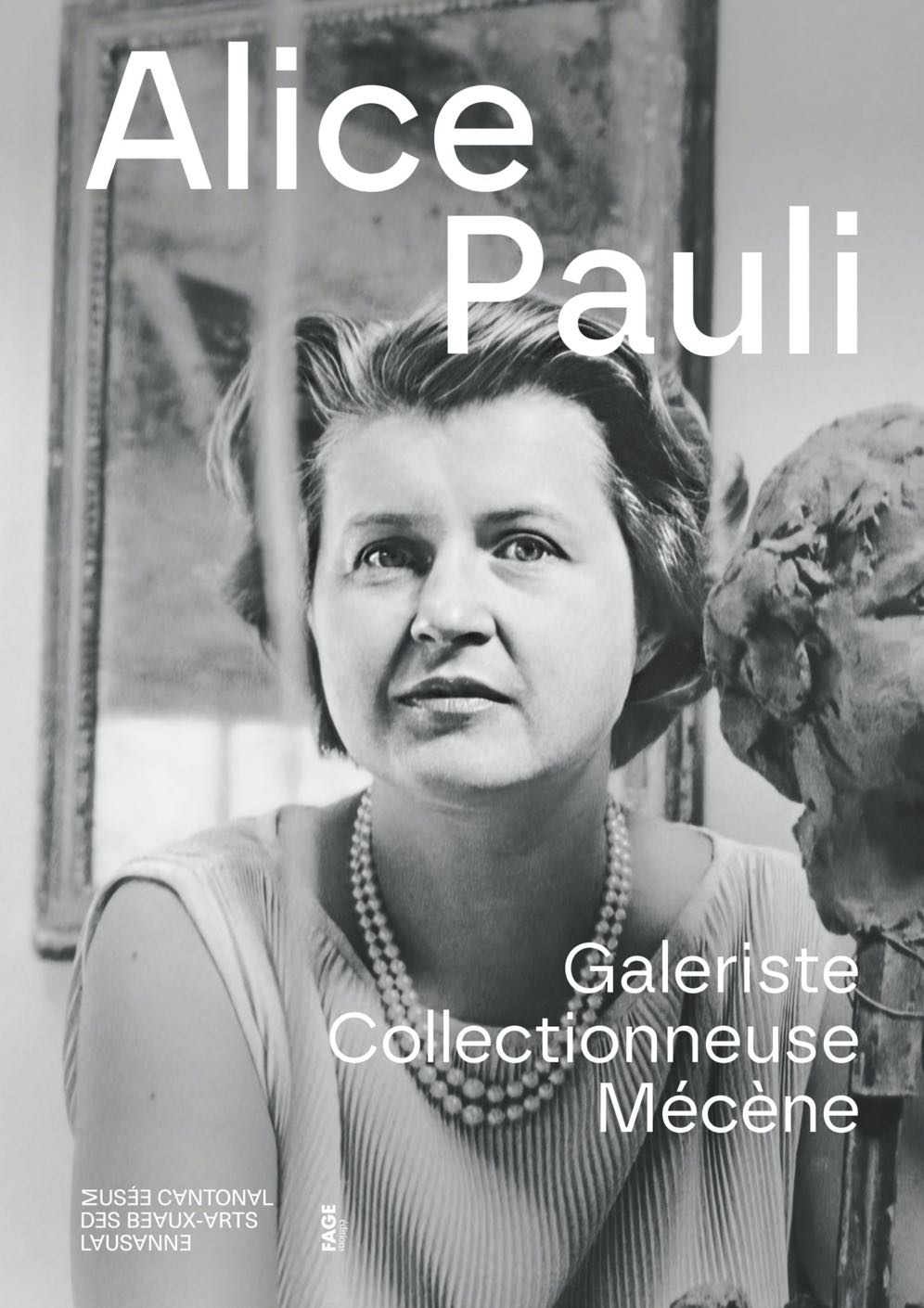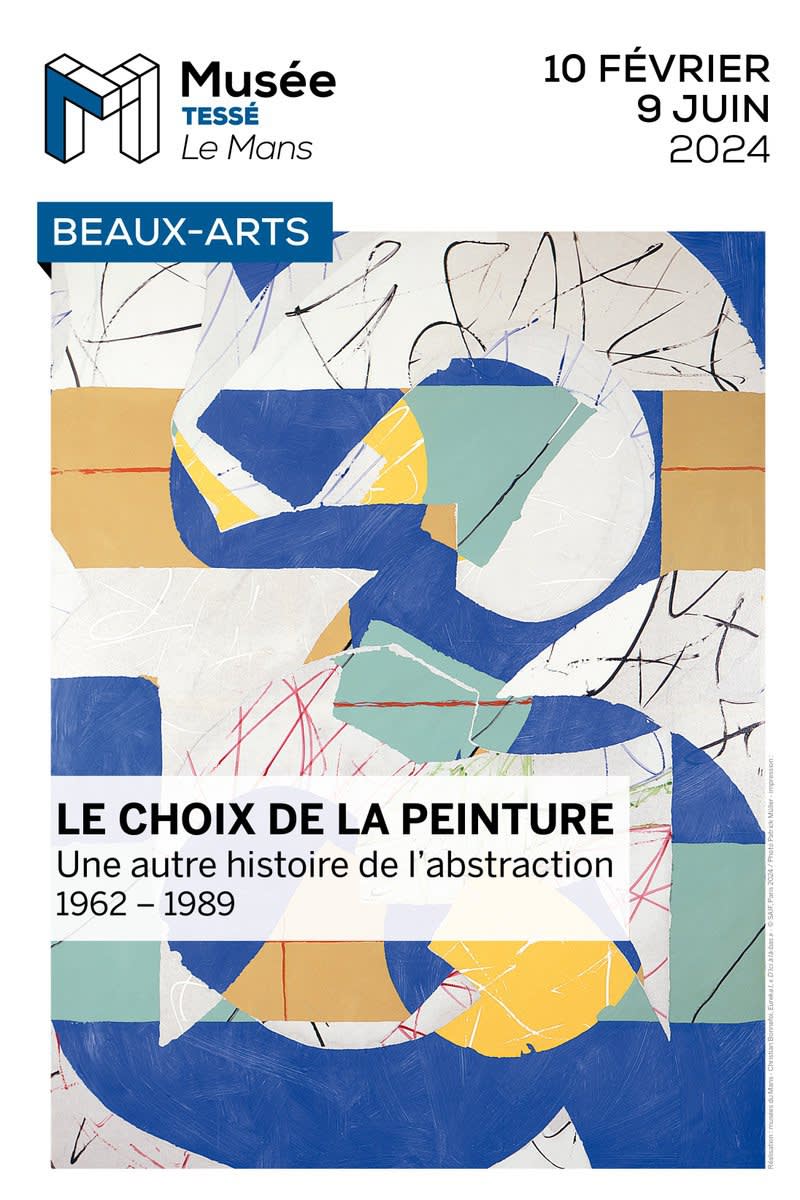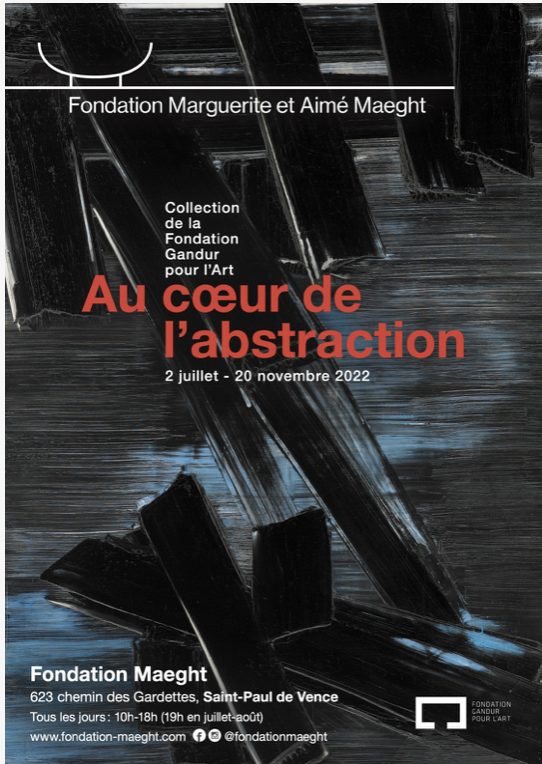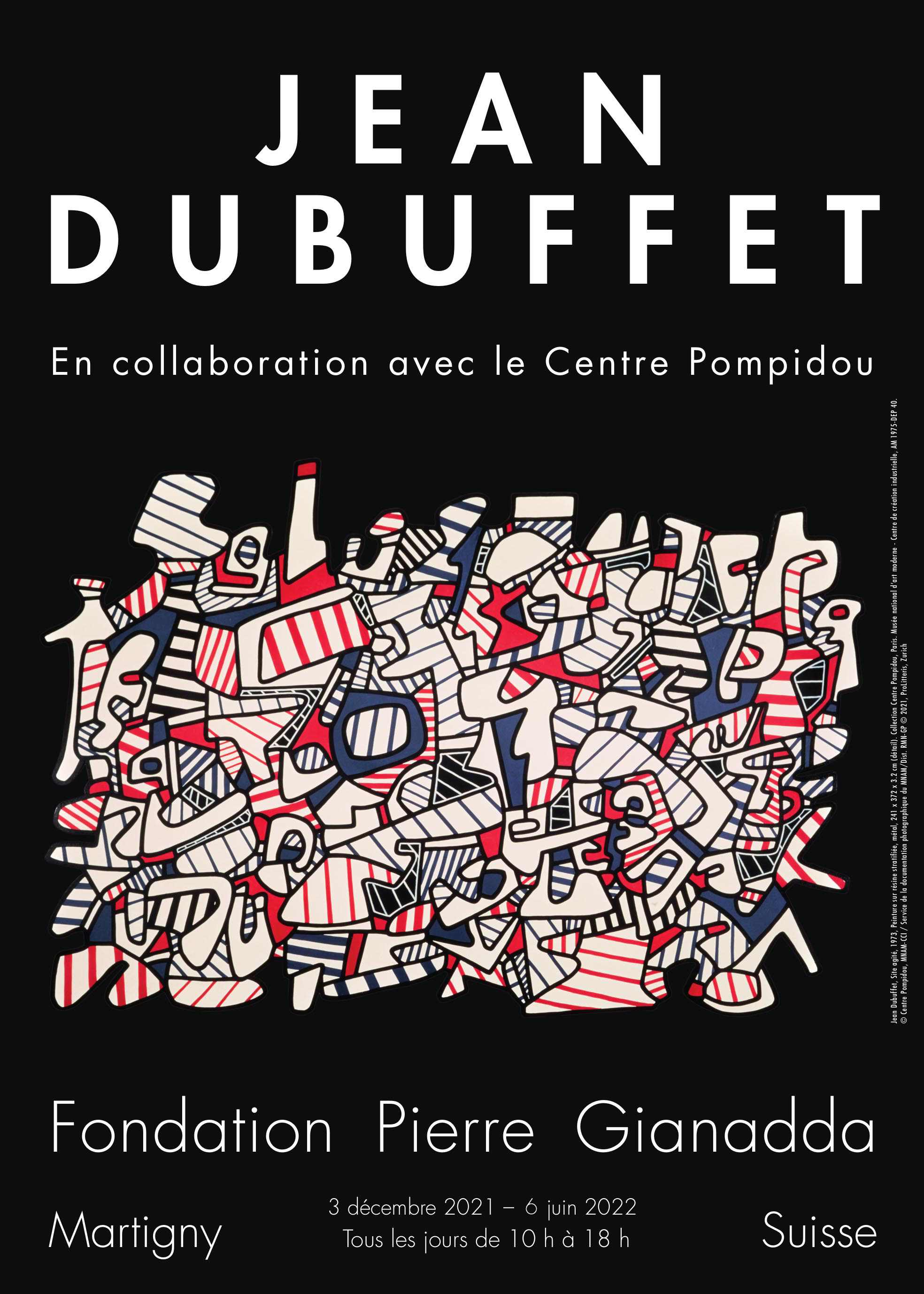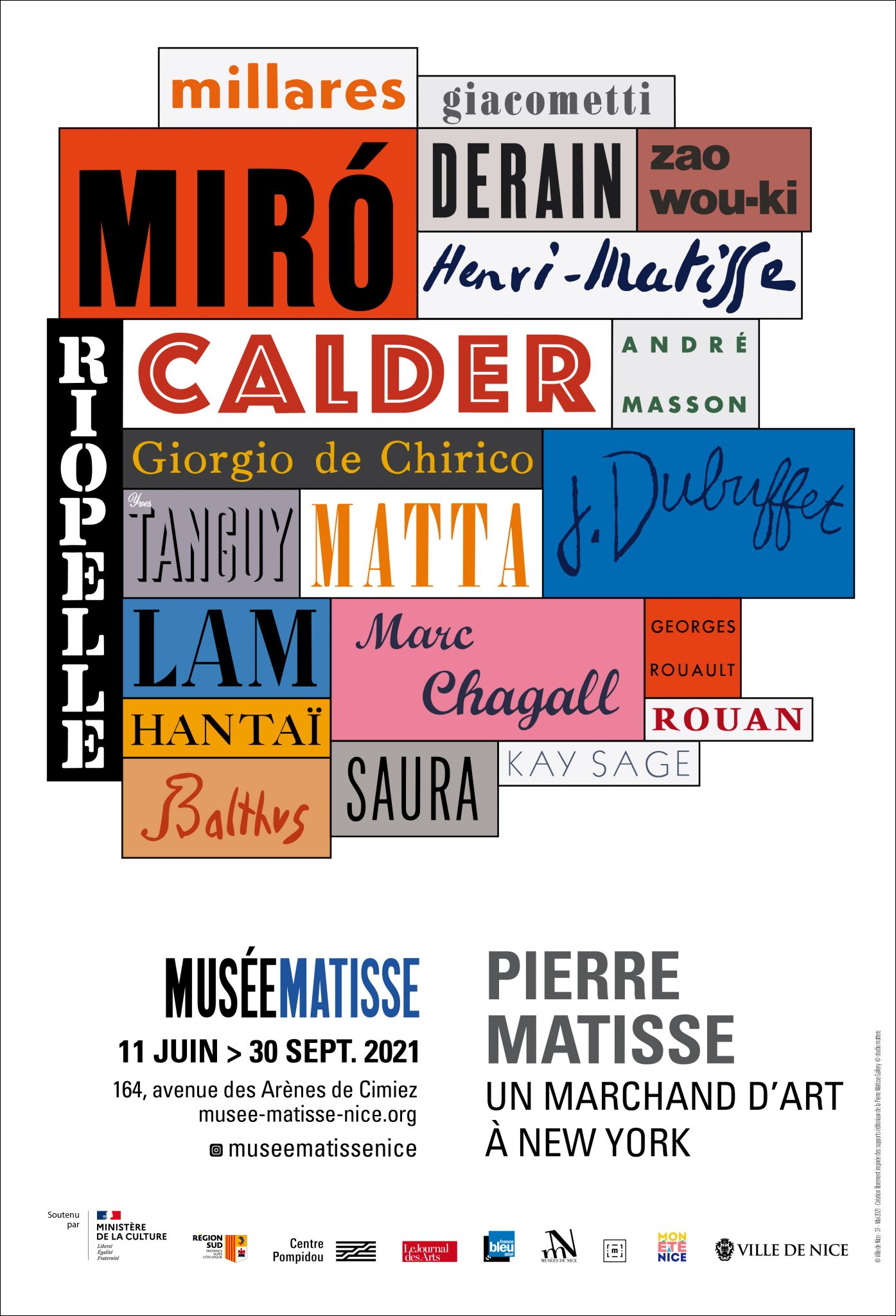The destiny of Jean Dubuffet, a painter and sculptor born in Le Havre in 1901, remains inseparable from Art brut, a notion he theorised and popularised after the war. Inspired by his interest in unusual art, that of children, madmen and marginalised people, he was the author of an immense and protean body of work that makes him one of the most innovative artists of the twentieth century.
Born into a family of wine merchants, Dubuffet arrived in Paris in 1918 to devote himself to painting. He attended the Académie Julian which he quickly left to settle in his own studio. Discouraged by academism, worried about his own approach, he painted intermittently and continued to earn his living in the wine trade before definitively devoting himself to his art in 1942. Dubuffet made a dramatic entrance onto the artistic scene with the opening of his first solo exhibition at the René Drouin Gallery in Paris on October 20th, 1944. “Completely devoid of any accepted skill of the kind usually found in paintings made by professional painters,” in his own words, the works of this as-yet unknown artist provoked a real scandal. Seeming to violate moral and cultural values, Dubuffet’s art continued to be met with misunderstanding by part of the public, a feeling which has barely dissipated today.
Dubuffet’s approach was serial and consisted of different cycles accompanied by theoretical writings. His practice encompassed many fields: painting, drawing, assemblage, music, sculpture and architecture, with as its central point, a fierce “anti-cultural” dimension – that is, a rejection of any stultifying academicism. This irreverent posture led him to produce a rich, experimental, whimsical and original body of work, unaffiliated to any artistic current. In 1962, he began the most famous and the longest of his cycles, that of the Hourloupe, which occupied him until 1974. It includes several habitable sculptures, such as the Groupe des quatre arbres, created on the request of David Rockfeller for the Chase Manhattan Plaza in New York, or the Closerie Falbala in Périgny-sur-Yerres, which now houses most of the foundation that Dubuffet created in 1973.
Attracted by the art of people living on the margins, Dubuffet gradually acquired a large collection of works which he exhibited in 1947 in the basement of the Drouin gallery, which had become the Foyer de l’Art Brut. Transferred in 1948 to the Parisian pavilion of the Nouvelle Revue française, on loan from the publisher Gaston Gallimard, it took the name of Compagnie de l’Art Brut and captured the interest of many artists and intellectuals including Claude Levi-Strauss, Henri Michaux and Joan Miró. The collection, which includes 5,000 works by more than 130 creators, was finally transferred to Lausanne, where the Collection de l’Art Brut was founded in 1976. In L’Art brut préféré aux arts culturels, a catalogue published to accompany the exhibition held in 1949 at the Drouin Gallery, Dubuffet clarified his definition of Art brut: ““True art is always where you don’t expect it. Where nobody thinks about it or says its name. Art hates to be recognised and hailed by its name…”
Regularly exhibited in Europe and the United States, his work was first exhibited in an institutional retrospective at the Museum of Decorative Arts in 1960, followed by that of WOAgri in New York in 1962. Other important exhibitions followed, culminating with the Venice Biennale in 1983, where France entrusted him with its pavilion. Dubuffet remains the most controversial and admired artist of the second half of the twentieth century. The numerous public collections featuring his work include the Kunstmuseum in Basel, the National Gallery in Berlin, the Tate Modern in London, the Solomon R. Guggenheim Museum, the MET and the MOMA in New York, the Centre Pompidou and the Musée des Arts Décoratifs in Paris.

